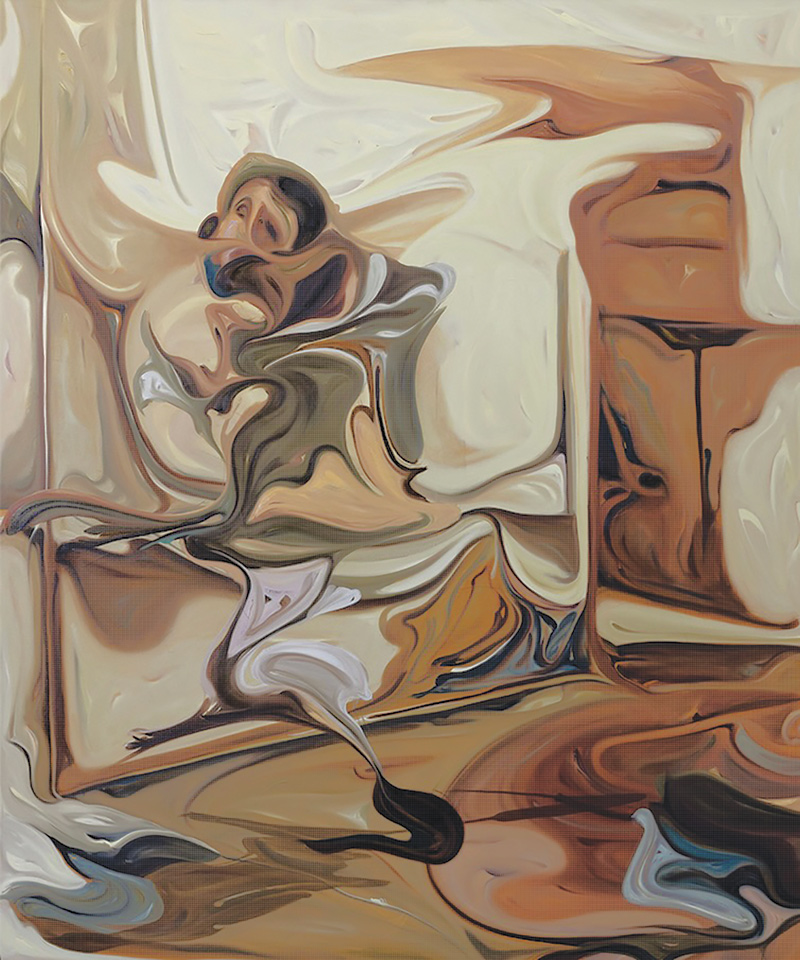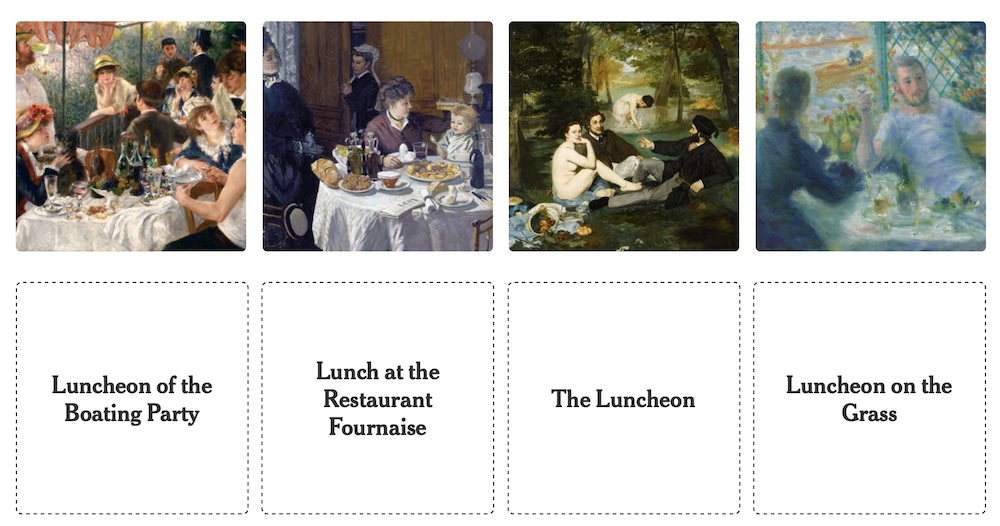A New Mayor's Welcome Embrace of the Arts in Chicago

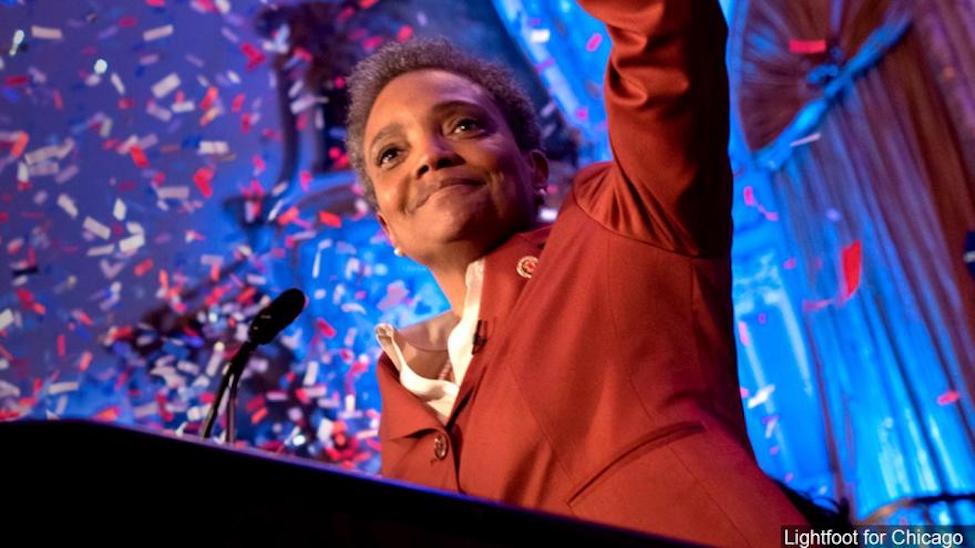
By GINNY VAN ALYEA
As of Monday, May 20 Chicago has a new mayor, in case you haven't heard. Lori Lightfoot was sworn in yesterday as the 56th mayor of Chicago, becoming the first African American woman and the first openly LGBTQ person to hold the office. We also heard that her physical office is now home to some personally chosen works of art, including a last-minute loan from the Smart Museum of Art at the University of Chicago, as reported by artnet.com
A work by Amanda Williams, commissioned by the Smart Museum, that was part of the just closed Solidary & Solitary: The Joyner/Giuffrida Collection, drew Lightfoot's notice. A call was made, and the the piece was delivered to the newest chief occupant of City Hall.
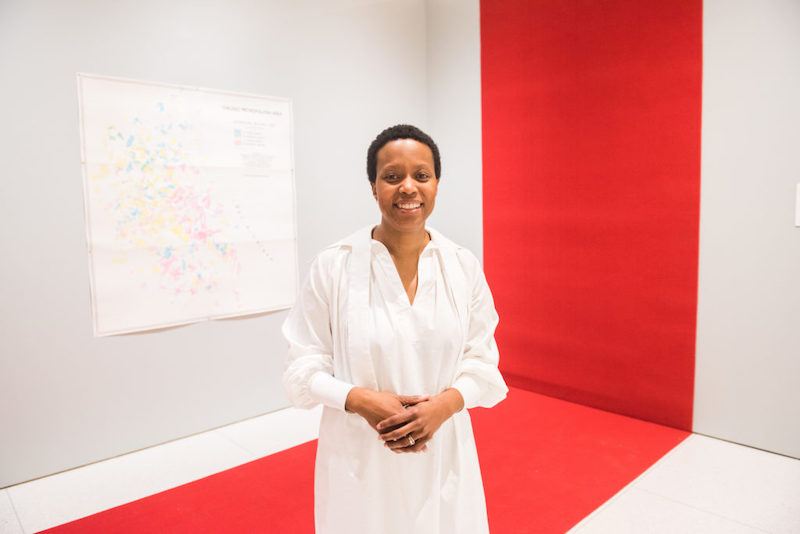
Beyond what's on her walls, it's worth noting that Lightfoot was the only one of the 14 mayoral candidates this year who made support for the arts officially part of her platform. Now that Lightfoot is in office, the mayor has shared a list of 31 people who are part of just her Arts and Culture committee – from artists like Theaster Gates and Amanda Williams, to nonprofit arts leaders like Esther Grimm (3Arts), Hector Duarte (Chicago Public Art Group) and Nick Cave (SAIC).
Lightfoot benefits on day one (and two) from the fact that everything is ahead of her, and nothing has yet gone wrong, as it surely will in a city of Chicago's size and with a city like Chicago's problems and obstacles. For now, we look to her proposed road map, where she emphasizes, "Real transformation will occur only when Chicagoans believe that their government works for them and their communities, responding to their needs and concerns."
It's clear the mayor's office hopes to foster change by using the arts as a prime vehicle for localized as well as general progress in Chicago. In a time where funds are not only scarce but already overextended elsewhere, the transition team's statement about Arts and Culture says, "Artistic power is fundamental to reimagining the creative, innovative, and cultural roots of good governance. The new administration can demonstrate transparency and accountability by dedicating funding up front to arts and culture that is competitive with other global cities, in a clear and open manner, while addressing regulations that unfairly impact certain artist and particular neighborhoods. Our youth should be empowered and emboldened to light the way forward."
There is no doubt that, well-funded or not, one of the biggest tourist draws in Chicago is our vibrant cultural scene that includes not only public art but also theater, music, performing arts, and more. The arts are serious job and business generators. In a state with a threadbare economy, our arts are valuable assets that benefit many individuals as well as groups.
Some recent figures from the Illinois Arts Alliance:
- In Illinois, there are nearly 34,000 creative enterprises -- both nonprofit and commercial -- that employ over 140,000 people. These enterprises are essential to the state's economy: they put people to work, buy from local businesses, generate government revenue, and are a cornerstone of tourism and economic development.
- In Chicago, the nonprofit arts alone are a $2.2 billion industry that supports over 60,000 full-time-equivalent jobs, generates a total of $1.3 billion in household income to local residents, and delivers more than $200 million in local and state government revenue.
- The arts attract tourists to Illinois. There are over 100 million Americans who include the arts along with historic sites, cultural events, and ethnic festivals in their trips each year.
- In Chicago, cultural tourists tend to stay longer and spend two-and-a-half times more money in relation to arts and cultural events than Chicago residents.
- The arts are a magnet for talent and investments. They attract companies that want to offer their employees and clients a creative climate and a vibrant, livable community.
So while Mayor Lightfoot has an uphill battle ahead of her, with many more critical topics and fields other than the arts, it's encouraging that her office is officially recognizing the role the arts can play in a healthy economy as well as in vibrant neighborhoods far from downtown. The arts can help the mayor reach, and lift up, the residents in all 77+ Chicago neighborhoods.
Earlier this year when the first part of the election was underway, candidate Lightfoot joined with a group of local artists at City Hall and announced a policy to advance arts and culture in Chicago.
Her policy proclaimed, "The arts are powerful. Now more than ever, it is essential that we lift up and invest in our unparalleled Chicago artists. A robust Chicago arts community inspires us, engages us, questions the status quo and has the power to bring our diverse city together in conversation around the critical challenges of our day..."
Lightfoot’s plan to advance arts and culture includes the following:
- Prioritize funding for the Department of Cultural Affairs and Special Events for increased equitable grantmaking and microfinancing to individual artists, arts organizations and arts corridors.
- Audit and streamline city licensing and permitting regulations, including the Public Performance and Amusement license.
- Develop an Artist-in-Residence program to build job opportunities for artists and mentorship opportunities for young people.
- Bring together ideas and resources from the city, philanthropy, culture and the arts to develop policies and strategies to keep artists living and working in Chicago.
- Build investment in Chicago’s public art program by overhauling the Percent for Art ordinance.
- Enhance the voices of socially-active artists to encourage civic engagement and support developing creative conversations and solutions to our city’s biggest challenges.
The arts must be supported and fostered, and they also must be promoted so that more people who live here are aware of what they contribute.
In 1986 Mayor Harold Washington's administration developed the original Cultural Plan for Chicago, and it was borne out of a two-year, citywide effort to analyze the City's cultural needs and opportunities and to act on them. Mayor Washington died in office the following year.

The City of Chicago and cultural community members came together in 1995 to revise the plan. And Mayor Rahm Emanuel's administration again revisited the plan in 2012 after he first arrived in office, launching the Chicago Cultural Plan 2012. The Year of Public Art in 2017 was also spearheaded by the Department Cultural Affairs and Special Events (DCASE) and Commissioner Mark Kelly, followed by the year of Creative Youth in 2018.
The arts have not been neglected in the past, but for those who actively rely on and are connected to the current cultural community in Chicago, there is always much at stake with a new mayor in office and many have applauded Mayor Lightfoot's regular and public statements on behalf of the arts.
When asked about the significance of loaning the work by Amanda Williams to the Mayor for her office on the day of her inauguration, Smart Museum of Art Director Allison Gass told artnet.com, “Chicago is a city full of hope about shifting histories and moving toward equity, and the fact that the new mayor wanted a work of art about that says a lot,” Gass added. “We believe in the power of art to help shift perspectives, and hopefully the map in the office will help do that.”
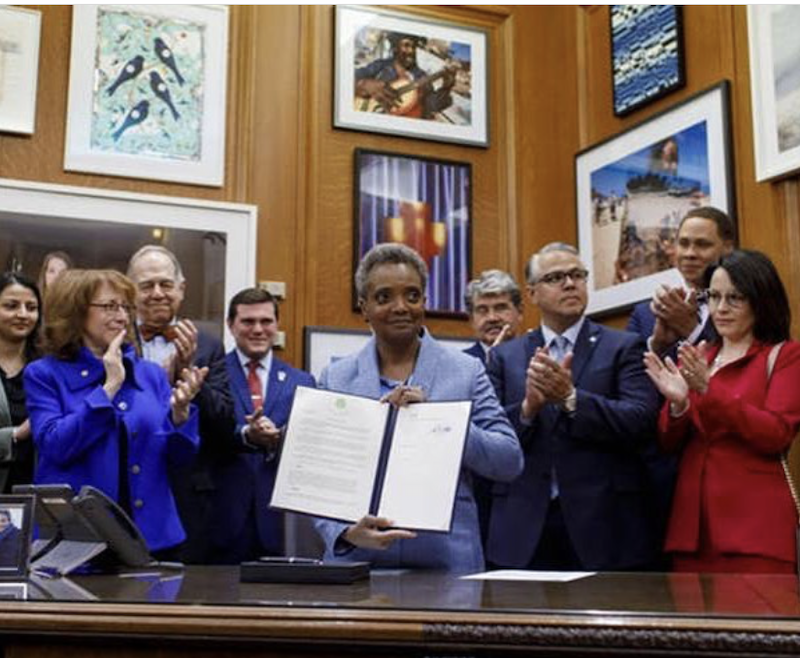
As stated in Lightfoot's ambitiously worded arts policy from February 2019, "Arts and culture are as essential as clean air and water. They sustain us, create joy, unleash our radical imaginations, and challenge us to see the world in new and better ways. They unite us while recognizing differences and defining our common humanity."
What happens next will be key.
